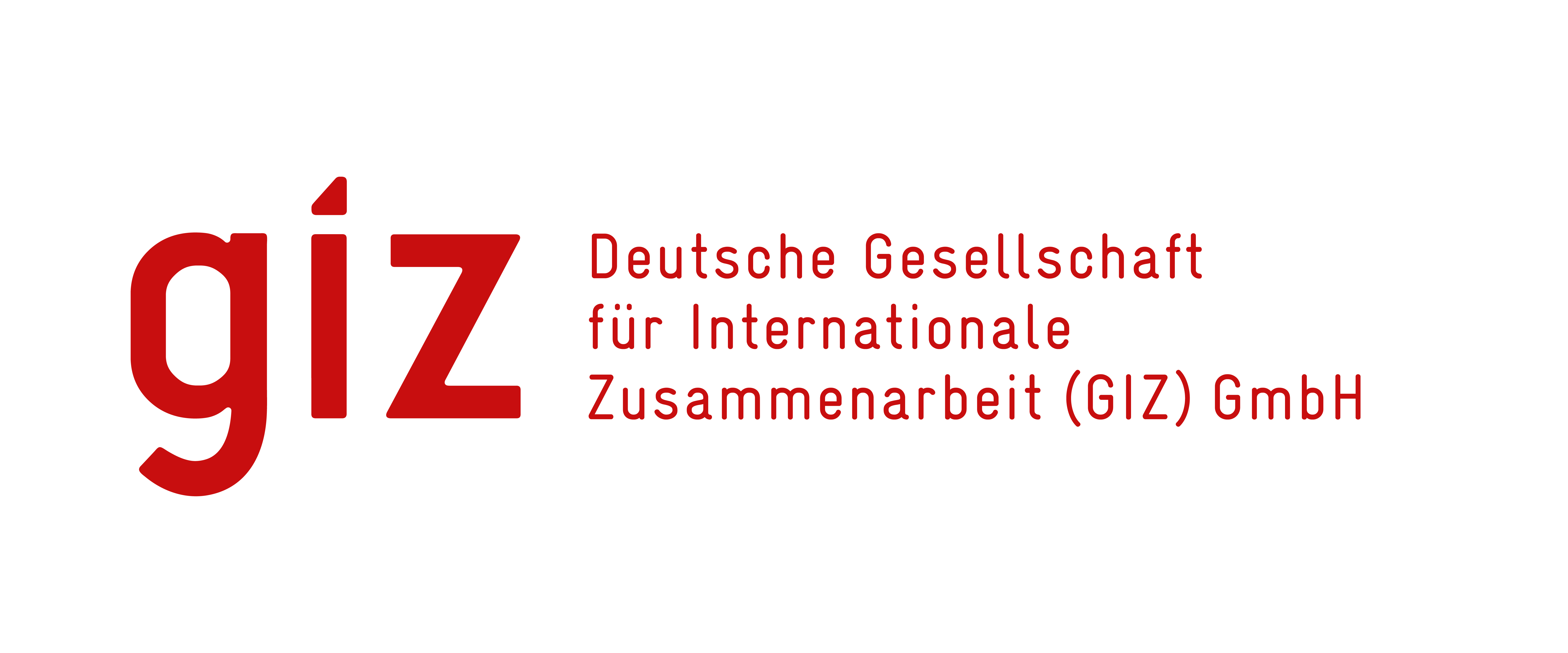
Targeting Agricultural Electricity Subsidies in Haryana
Based on a survey of 1,600 farmers in Haryana, this report finds that agricultural electricity subsidies are not well targeted and that wealthier farmers in Haryana received 50% of the agricultural electricity subsidies while the poorest farmers only received 30%.
-
Haryana's wealthiest farmers receive 50% of the agricultural electricity subsidies, while the least well-off farmers receive only 30%. Targeting solar-powered irrigation toward marginal and low-income farmers can help improve subsidy targeting to the poorest farmers.
-
Targeting marginal farmers under the PM-KUSUM scheme by providing them with financial assistance to transition to solar-powered irrigation reduces low-income farmers' irrigation costs; however, there is limited awareness of the scheme—only around 17% of surveyed farmers had heard of PM-KUSUM.
-
Better tracking of agricultural electricity consumption can eventually pave the way for decreasing the level of electricity subsidy to large landowners who use more power so they are required to pay higher tariffs and allow subsidy benefits to flow to marginal farmers.
Improving subsidy targeting can allow for subsidies to be better focused on small and marginal farmers and at the same time reduce the fiscal stress on Haryana’s distribution companies (DISCOMs) and the state government. This report reviews the government’s flagship solar irrigation scheme, the Pradhan Mantri Kisan Urja Suraksha evam Utthaan Mahabhiyan (PM-KUSUM) scheme and recommends that it be used to target small and marginal farmers. Providing low-income farmers with financial assistance to transition to solar-powered irrigation helps them reduce their irrigation costs. It will also reduce the state’s burden of agricultural electricity subsidies.
The report also encourages DISCOMs to consider decreasing the level of subsidy for agricultural consumers who use more power so they are required to pay higher tariffs by moving away from flat-rate tariffs and introducing slab-based tariffs. This will address a part of DISCOMs’ financial issues and be a fairer distribution of subsidy benefits.
Lastly, the report underlines the need for better identification of poor beneficiaries to ensure subsidy targeting doesn’t miss its mark. Identifying poor farmers is a complex and dynamic process, and it requires up-to-date databases with different variables on assets and socio-economic status. Haryana DISCOMs can closely coordinate with different state government agencies that maintain registries on poor households accessing different welfare schemes—like the purchase of subsidized grains available with the civil supplies department, landholding size available with the revenue department—to maintain their own dynamic registry or use a state agencies registry of poor farmers to better target agricultural electricity subsidies.
Participating experts
You might also be interested in
Implementing Solar Irrigation Sustainably
This guidebook provides concrete recommendations for how states in India can implement solar irrigation sustainably—targeting low-income and marginal farmers while avoiding negative impacts on groundwater.
Mapping Policy for Solar Irrigation Across the Water-Energy-Food (WEF) Nexus in India
How are India's off-grid solar pump policies affecting the water–energy–food nexus? This paper maps out impacts and the key policies that are driving them.
Tree Planting for Climate Resilience in Freetown, Sierra Leone
This assessment presents the economic valuation of tree planting efforts in Freetown, Sierra Leone, including planting costs, added benefits, and avoided costs.
Sustainable Asset Valuation of Sherwan Hill Adventure Park in Abbottabad, Pakistan
This report analyzes the social, economic, and environmental benefits of the Sherwan Hill Adventure Park in Pakistan.
